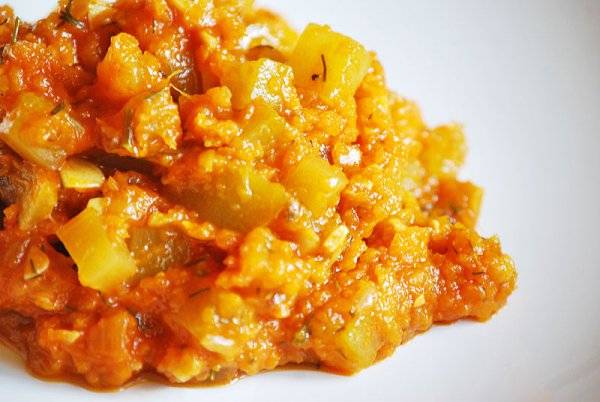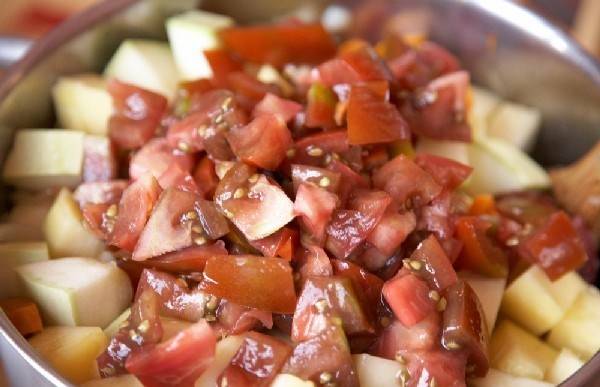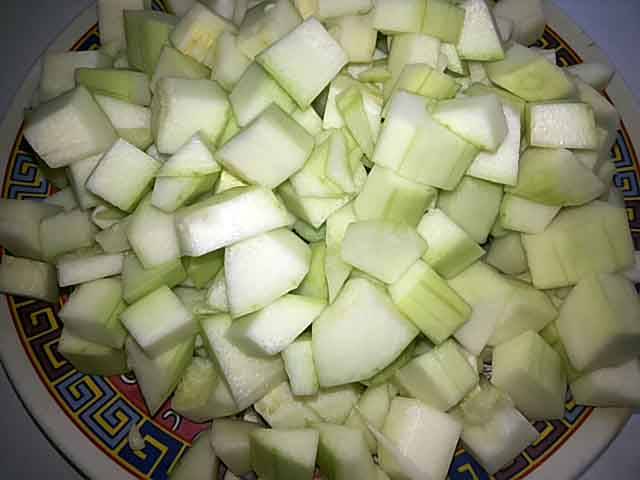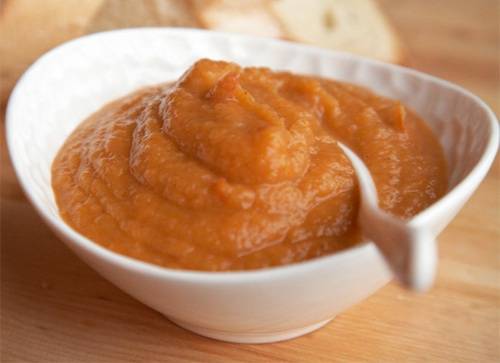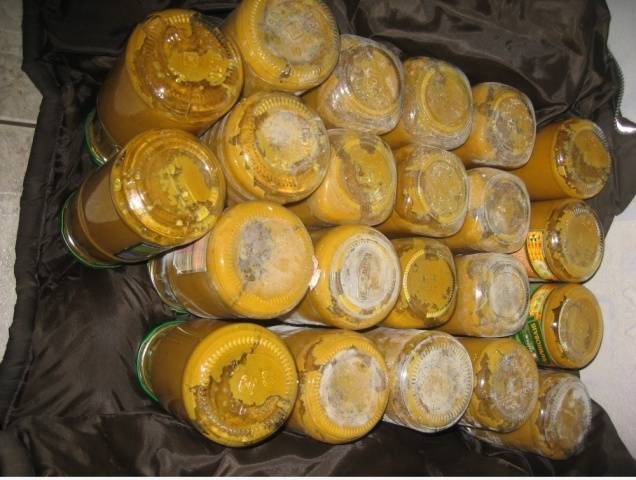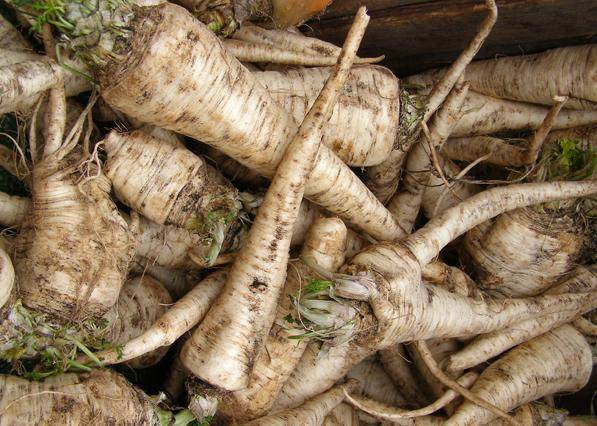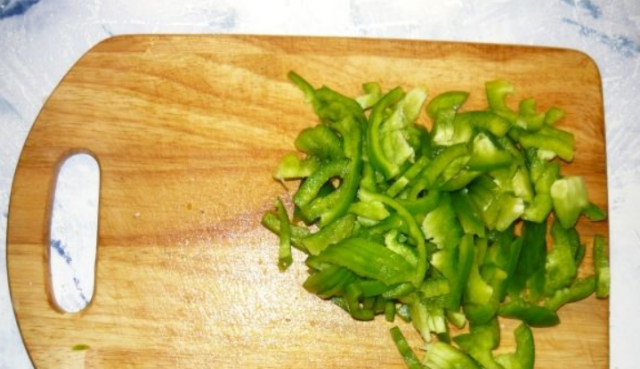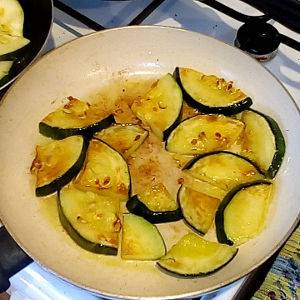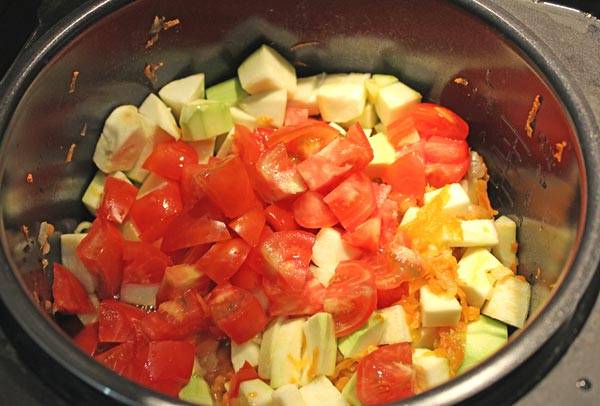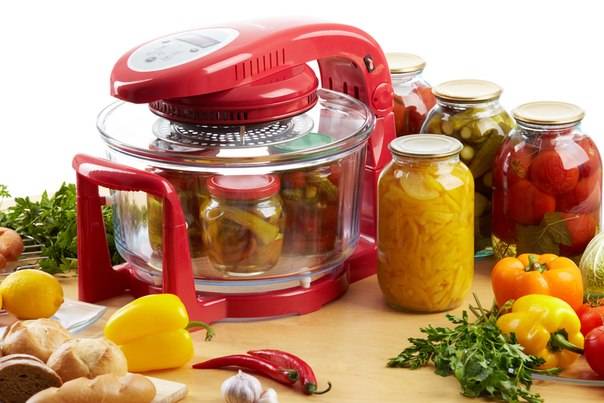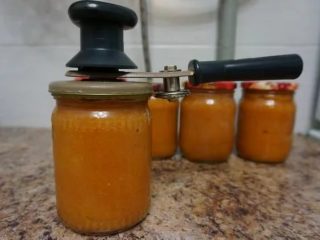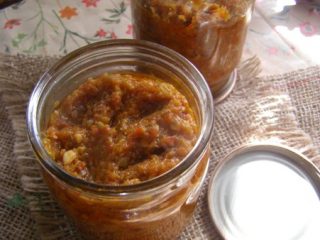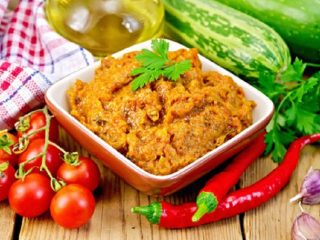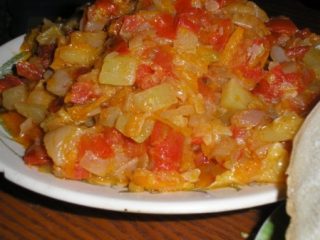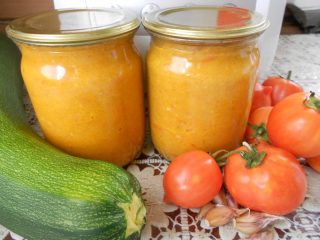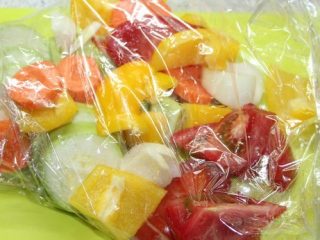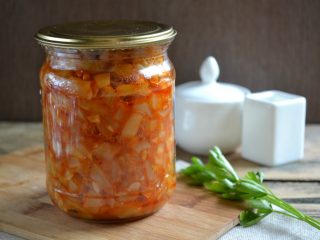Content
“Overseas” caviar has enjoyed deserved popularity among people for many decades, both for its taste, its usefulness, and its versatility in use. After all, it can be used both as a side dish and as an independent dish. It’s also great as a quick snack, and even children, who don’t always like healthy vegetables, like it.
There are many ways to prepare squash caviar; the basic recipe usually uses tomato paste. But squash caviar with tomatoes picked from your own garden cannot be compared with store-bought tomato paste. Indeed, in recent years, the quality of store-bought products has left much to be desired, and if you grow vegetables on your site, then it is from them that you need to prepare the most delicious and healthy preparations for the winter for your family, using them to the maximum.
Basic recipe
The basis of delicious squash caviar is always the following ingredients:
- Medium-sized zucchini - 3-4 pieces;
- Carrots – 1 large or 2 medium;
- Onion – 1 large onion or several small ones;
- Ripe tomatoes – 2-3 pieces;
- Vegetable oil – 2-3 tbsp. spoons;
- Salt, sugar, spices - to your taste.
In order to prepare squash caviar with tomatoes for the winter, you will need to increase the amount of ingredients by at least 2-3 times, and maybe more, depending on your family’s appetites.
Since it is tomatoes that give the necessary spiciness and piquancy to squash caviar, unless, of course, you are keen on hot peppers, then special attention should be paid to them. Before cooking, you need to remove the skin from tomatoes, and the easiest way to do this is by first scalding the tomatoes with boiling water. After removing the skin, the tomatoes are cut into pieces of any shape and size and placed over low heat in a frying pan with vegetable oil preheated to a boil. The entire tomato mass is stewed until it becomes more or less homogeneous. The juice should evaporate during the stewing process and the mass will become relatively thick and viscous. The resulting tomato paste is set aside and the rest of the vegetables are taken care of.
Zucchini should be peeled and seeded if it is ripe enough. Very young zucchini just needs to be washed well and the stem cut off.
You just need to be sure to clean them from the hard skin and seeds inside the fruit.
Onions and carrots are also peeled, and all vegetables are cut into small cubes. Then, in a deep frying pan, you need to heat the oil until white smoke appears and fry in it first the onions until translucent, and then the carrots until they become golden brown.
Zucchini is fried in a separate pan.If you are preparing large volumes of caviar, it is better to fry it in one layer in small portions. The taste of the finished product will improve significantly. But numerous fryings will not have the best effect on your figure. Therefore, if every calorie is important to you, then the best option would be to bake zucchini, cut into long pieces lengthwise, in the oven or on the grill. After baking, the zucchini can be chopped either with a knife or using a blender or meat grinder.
When all the vegetables, including zucchini, are fried or baked, they can be mixed in one large, deep bowl with a thick bottom. It is necessary to simmer squash caviar in this form until it thickens - this may take from 40 minutes to an hour and a half. Half an hour after the start of stewing, you need to add the previously prepared tomato paste from fresh tomatoes to the vegetable mixture.
Finely chopped herbs (dill, parsley, coriander, celery), spices (ground black and allspice), garlic, as well as salt and sugar are added about 5-10 minutes before the end of stewing the caviar.
The still hot caviar is placed in sterilized jars and sterilized for 30 minutes for half-liter jars, and 45-50 minutes for liter jars.
Vinegar 9% is usually added at the very end of stewing caviar. For the amount indicated at the beginning of the recipe, 1 tablespoon of vinegar is enough. You can also add a little less than one teaspoon of vinegar to each quart jar just before twisting. But keep in mind that adding vinegar does slightly change the taste of the finished dish.Therefore, before making large portions, you must first try what the result will be.
Other interesting recipes and supplements
All the basic principles of making zucchini caviar were outlined in the previous chapter, but to complete the taste, many other ingredients are often added to zucchini caviar.
The most interesting and delicious additives are white roots. They usually consist of parsnips, parsley root and celery root. To impart an exquisite mushroom taste and aroma, the white roots are carefully crushed and fried until softened before adding to the caviar. You need very little of them - for 1 kg of zucchini, take no more than 50 grams of roots in the total mass.
But they have a unique effect on the taste of the finished caviar, although it is not so easy to get them even in our time. The easiest way is to grow them yourself, especially since they are a wonderful seasoning for many first and second courses and preparations for the winter.
It goes well with zucchini and the addition of sweet bell pepper gives the caviar a refined taste. Usually its fruits are peeled from the stalks and seed chambers, cut into pieces and fried in a frying pan or baked in the oven. Then they are mixed with the rest of the vegetables.
Eggplants are also a good addition to zucchini caviar. They will enhance its mushroom flavor and give it additional delicacy. It is customary to peel eggplants and soak them in salt water for several hours to remove bitterness. But most modern eggplant varieties do not need these procedures.If you are in doubt, you can try a piece of fruit with the peel before cutting. Eggplant is quite edible raw. In any case, before adding them to the squash caviar, the eggplants must be fried in small pieces or baked in the oven until softened. You can even bake them in halves, but after cooling they must be chopped with a knife, meat grinder or in a blender. Only after this are the eggplants mixed with the rest of the vegetables.
Recipes using modern kitchen appliances
Squash caviar turns out equally well both in a slow cooker and using an air fryer. The latter is especially good for pasteurizing the finished product.
Squash caviar in a slow cooker
The amount of initial products for making caviar from zucchini with tomatoes is the same for both recipes:
- Zucchini – 3 kg;
- Sweet pepper – 1 kg;
- Carrots – 1 kg;
- Onions – 1 kg;
- Ripe tomatoes – 1.5 kg;
- Vegetable oil – 100 ml;
- Salt, sugar, spices and herbs - to taste.
All vegetables are cut into small cubes. The oil is poured into the multicooker, the “baking” mode is set for 40 minutes and chopped carrots, onions, and bell peppers are placed in the bowl. After 20 minutes, chopped tomatoes are added.
At the end, add sugar, salt, spices, mix well and transfer to a separate bowl.
Switch the multicooker to the “Stew” mode for two hours and pour the chopped zucchini into the bowl. After the end of operation beep sounds, you need to mix all the vegetables together and chop them.Then they are laid out again in the multicooker bowl. The “baking” mode is set and the squash caviar is cooked until it becomes thick.
After cooking is completed, the caviar is placed in jars, sterilized and rolled in the usual way.
Air fryer for cooking squash caviar
For preparation, the same ingredients are used in the same ratio as in the previous recipe, plus another 9% vinegar.
Cut zucchini, peppers and tomatoes into large pieces. Bake the zucchini at 250 degrees for 10 minutes. Then add sweet peppers and tomatoes to them and bake for another 10 minutes. After cooling, remove the skins from the tomatoes and zucchini.
Fry peeled and chopped onions and carrots separately until golden brown.
Combine all the vegetables together and puree in a blender. Add spices, salt and sugar to them and mix well. Place caviar in sterilized glass jars and place in a convection oven without lids. Set the temperature to about 180° for 30 minutes.
Immediately after the sound signal, half a teaspoon of vinegar is added to each jar and the jars are rolled up with lids.
If you have sterilized squash caviar or cooked it with vinegar, you can store it at room temperature. To preserve the taste, it is only necessary that the storage place be dark.
